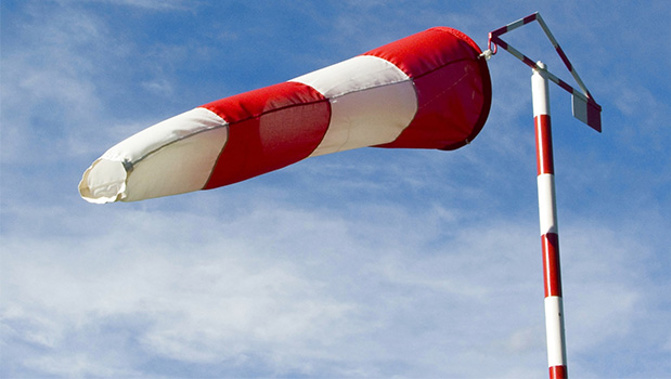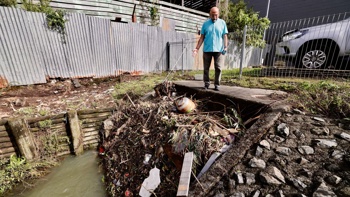
Soaring temperatures are expected to come to an abrupt stop as a downgraded cyclone from the tropics and a low from the Southern Ocean is set to drop temperatures and bring a storm as they meet.
A "true southerly" with cool air from the Southern Ocean was expected to chill the stifling South Island as a low moved to meet the soon-to-be ex-tropical cyclone, MetService meteorologist April Clark said.
Winds rise to gale, severe in places on Thursday. Expect a slew of strong wind watches and warnings to be issued tomorrow morning, available on https://t.co/qHyE5zySvx. ^TA pic.twitter.com/hpdhjWuJni
— MetService (@MetService) January 30, 2018
The major storm was expected to bring heavy rain over most of the country from Thursday and continue through to Friday before easing.
In addition to the rain, very strong winds possibly turning to gale force were expected to become severe in the north and west of the South Island on Thursday.
"In the North Island, there is high confidence of severe northerly gales over parts of Taranaki and Wellington on Thursday, and moderate confidence over Wellington, Wairarapa and parts of Taihape."
A heavy rain watch is in place for the Canterbury High Country and Otago, while a strong wind watch is in place for Westland and Buller.
The first decent wave on the jet stream we've seen in our parts since early January - and that means colder air on the way by the end of the week - but also severe weather too. See more https://t.co/qHyE5zySvx ^TA pic.twitter.com/9Bf462MnIc
— MetService (@MetService) January 30, 2018
Another slew of strong wind watches and warnings were expected to be issued for other areas on Wednesday morning.
Hauraki District Council would be preparing for the worst on Thursday afternoon as king tides and storm conditions would collide for the second time this month.
"It's anticipated this storm will not be as big as the previous one, but if you are in vulnerable coastal areas such as the Kaiaua Coast and, to a lesser extent, Whiritoa, there's no harm in being prepared.
"Have you got a plan? Do you have supplies and medication to last for a few days should you be cut off? Have you thought about where you might self-evacuate to, such as friends and family, in the event you have to leave your home?" Council controller Steve Fabish asked.
In Ngatea, Waikato Regional Council has almost finished raising stopbanks half a metre on the town side of the Piako River after floodwaters threatened to top them during the January storm.
The work would be completed by Thursday evening.
But the storm would begin to pass and conditions would improve rapidly on Friday, and on Saturday a high was expected to spread over the South Island while the flow hanging over the North Island would drift Southeast
Places like Alexandra were expected to drop 20 degrees over the next 48 hours, Clark said.
"Alexandra is on 36C at the moment, then it could drop to 21C on Thursday then to 16C on Friday."
The 37.6 degrees observed in Clyde was New Zealand's hottest January temperature in 14 years -- or since Darfield reached 38.4 in January 2004.
— NIWA Weather (@NiwaWeather) January 30, 2018
Tuesday marked another day of blazing heat, with the central South Island bearing the brunt of things as temperatures reached the high thirties.
Otago, again, was the centre for scorching temperatures as Clyde in Central Otago peaked at 37.6C, The National Institute of Water and Atmospheric Research reported.
It wasn't just humans that were in need of a cool one either.
At Auckland Zoo, keeper Hayley Paul was cooling off one of the zoo's emus with a shower in the hot weather on Tuesday.
Today's forecast
Whangarei: Cloudy. NE. High 26C Low
Auckland: Cloudy. NE. High 26C Low 21C
Tauranga: Cloudy NE. High 25C Low 21C
Napier: Fine. High 31C Low 21C
Wellington: Cloudy then fine. N. High 24C Low 19C
Christchurch: Fine. N. High 34C Low 19C
Dunedin: Fine. N. High 33C Low 15C
Take your Radio, Podcasts and Music with you









